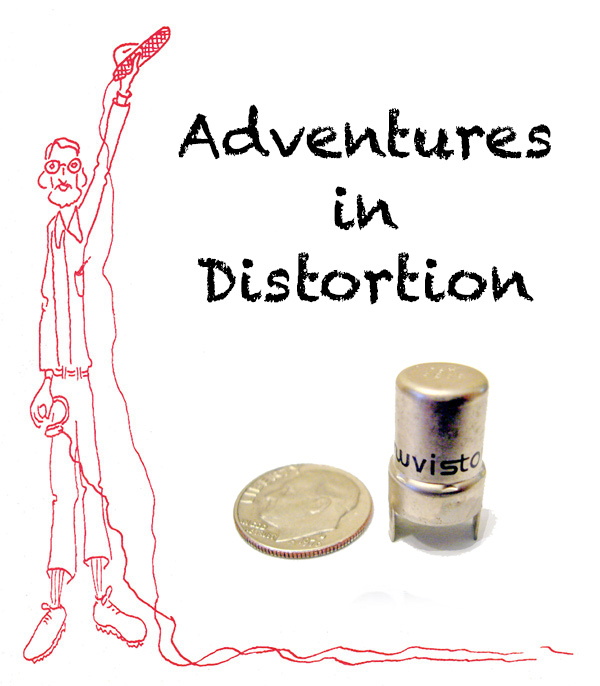To my experience, it really depends on the instrumentation and interpretation.
In general one can say, the more dense the frequency spectrum of a piece or instrument is, the more distortion is acceptable. Synths for example in general really have a more dense frequency spectrum and they are pretty much made for sound design through adding harmonic distortion. The same goes for the electric guitar and bass.
Classical instruments really do not have a dense frequency spectrum. You will hear added distortion immediately. Try playing a chamber orchestra piece with added distortion to people.
I do not think they will think that this would be better. Adding harmonics is just synthesizing. And it works better with instruments that are made for sound design. Acoustical instruments are rather not.
Not really. Maybe... really not.
The point about acoustic instruments is that they do, for the most part, exactly what the harmonics
@Keith_W is adding. The string, or pipe, or tube, contribute to the sound by vibrating, and once the instrument settles into a note, they add so much second harmonic, less third harmonic, less again fourth, and so on. Some instruments add more odd harmonics than even, though, or random noise alongside any progression (think cymbals). So adding that harmonic pattern will make a lot of instruments sound "more" like we expect the instruments to, and we like that: but it won't make all of them sound more, and it will also alter the moment when a note starts playing, the noise that happens before the note appears.
It also changes the sounds of the instrument that don't work in that harmonic series, like the box sound component that's also there with a lot of instruments, the sounds of keys clicking and parts moving, and the sounds associated with the acoustic. There can be differences with voice as well.
One more thing to think about in this regard is the sound of small speakers in the bass. The reason that less bass from smaller speakers works, is that instruments playing bass notes often produce more second harmonic anyway. You can have less of the fundamental, or a distorted fundamental, and the second harmonic tells you what the instrument is and (because it will be high enough to be directional) where it is in whatever you get as a sound stage with that system and recording. With a small speaker, you may find part of the music a lot more convincing because there is more of that second harmonic. If you think back a few decades, most speakers did not go below 40Hz, certainly not cleanly, and subwoofers were much rarer. So second harmonic back then may have been more important than it is with a full range system today. Of course, if you have one of the majority of speaker setups even today that don't go deep, or that distort deep notes (pretty sure mine do as I have twin 8" drivers per speaker and no sub), you may still find that adding that harmonic pattern improves the bass, regardless of any other issues.
But what happens if an instrument doesn't have that pattern of harmonics, or has a very loud initial sound, or is a sound from an electronic instrument that is designed with odd harmonics to sound a bit disturbing, or even if we do something on an instrument that changes the harmonics (such as playing a guitar pizzicato, damping the string at the bridge, which stops the even harmonics sounding as well)? Well, it sounds less clean. So you hit the origins of the PRaT debate, even if that term is pretty meaningless these days.
